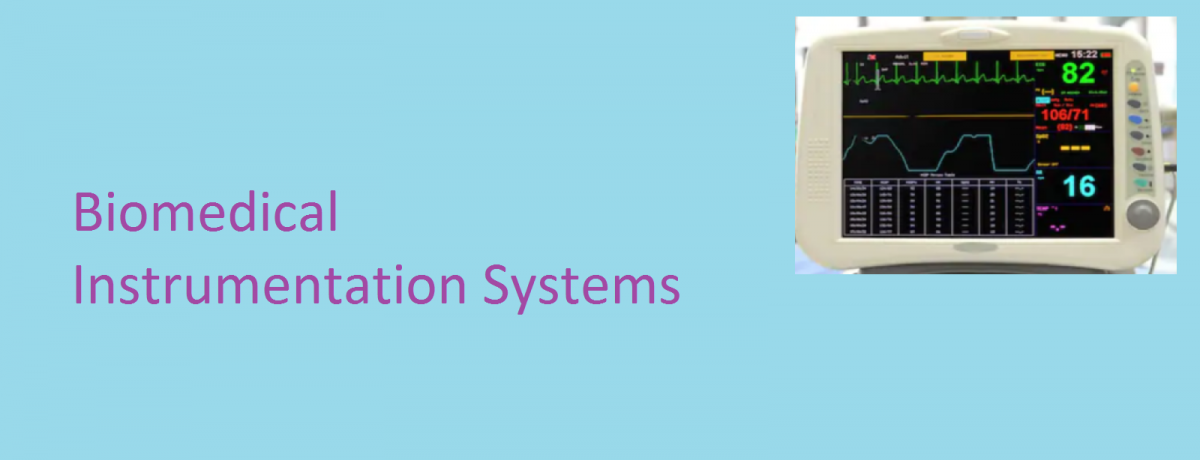The advancements in microtechnology and, in particular, nanotechnology are transforming the fields of biosensors, prosthesis & implants and medical diagnostics. In medical diagnostics, these devices are being employed in combination with optical biosensing for external, lab-on-a-chip, high throughput … Read More
Tag: Biomedical Instruments
Clinical Applications of NTC Thermistors
Thermistors are certainly the most used transducers for medical temperature measurements. Their properties facilitate clinically difficult measurements that include: hypothermia, transcutaneous measurements during cardiopulmonary bypass, testicular temperature measurements in reproductive medicine, continuous monitoring of preterm infants and personal heat strain … Read More
The Application of Echocardiography in Cardiovascular Diagnosis
The key application of ultrasound in cardiovascular diagnosis is echocardiogram. It utilizes M-scan technique in the imaging. In the echocardiogram, the movements of the valves and other structures of the heart are displayed as a function of time. The … Read More
Principle Parts and Types of ECG Recorders
Building Blocks of an ECG System
In Electrocardiography (ECG) recorder five leads from the patient are connected to the ECG recorder through a selector switch to obtain 12 lead configurations as illustrated below:

A … Read More
The Function of Impedance Pneumograph In Respiration Measurements
Impedance pneumography is an indirect method for the measurement of respiration. This measurement is performed by the impedance pneumograph which measures the respiratory volume and rate through the relationship between respiratory depth and thoracic impedance change. Impedance pneumography avoids burdening … Read More
How Gas-Liquid Chromatograph (GLC) is used in Clinical Measurements
In chromatography, differences in the rate of movement of components of a mixture in the mobile phase, caused by interaction of these components with the stationery phase, are used to separate the components.
In clinical laboratory instrumentation, chromatographic methods are … Read More
What is the Function of a Phonocardiograph?
A phonocardiogram is a recording of the heart sounds and murmurs. The instrument used to make this recording is called the phonocardiograph. The recording of all the heart sounds during a cardiac cycle is termed to as phonocardiography.
Phonocardiogram eliminates … Read More
Key Factors to Consider in the Design and Operation of Electrocardiograph
There are various factors that must be considered in the design and application of the electrocardiograph. These key factors must be considered by the biomedical engineer as well as the electrocardiograph operator and the physician who interprets the recorded information.… Read More
Functions & Types of Pneumotachometers for Biomedical Measurements
Pneumotachometers are instruments that measure the instantaneous rate of volume flow of respired gases. They can be broadly classified into two types based on the principle of operation:
- Hot-wire anemometer – it employs a small heated element in the pathway
Biomedical Instrumentation Questions & Answers
Q1. What are the problems encountered in biomedical measurements?
The problems encountered in biomedical measurements are:
- Variability of variables – the measurements taken under fixed set of conditions at one time may not be the same under the same conditions

